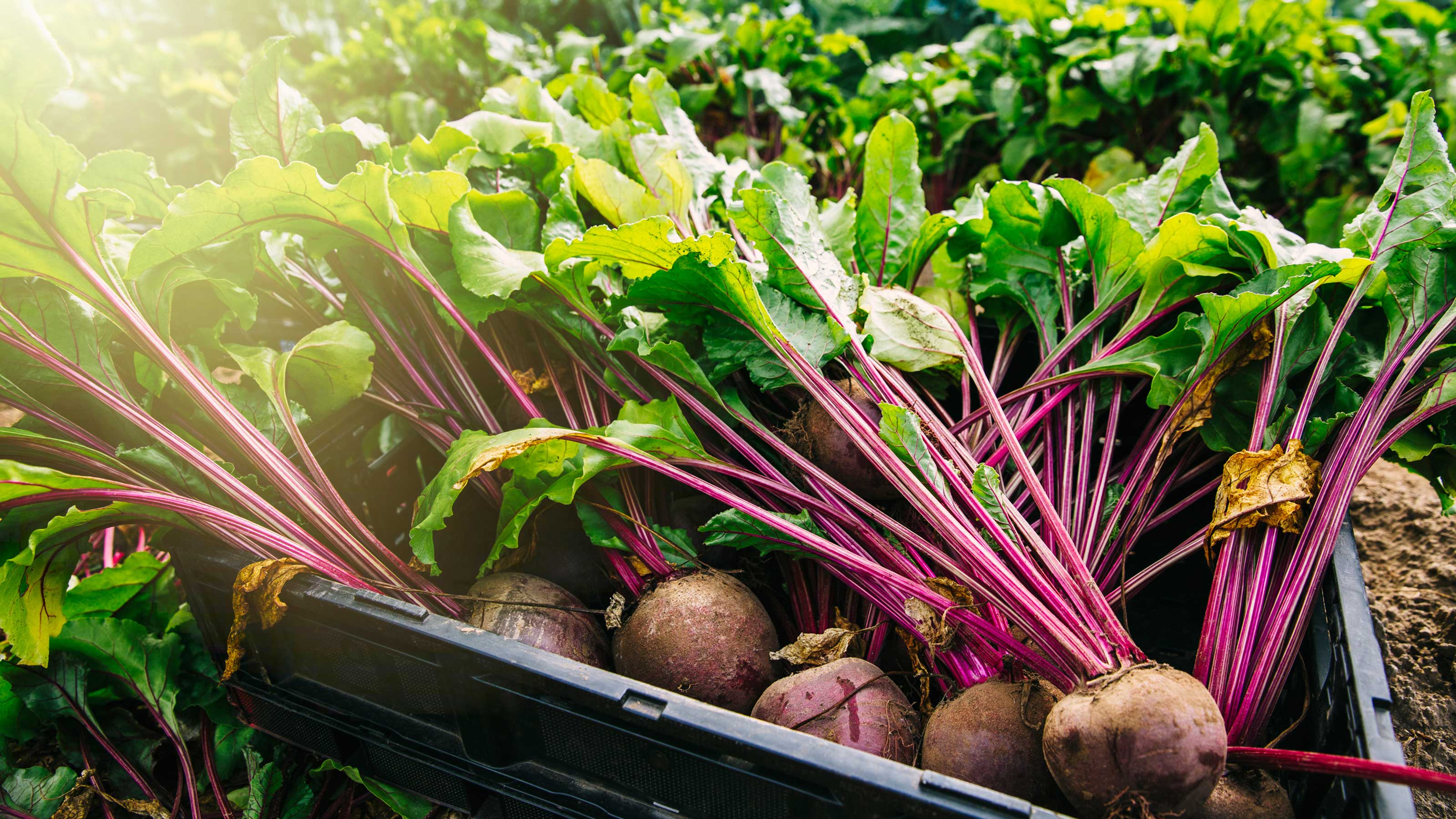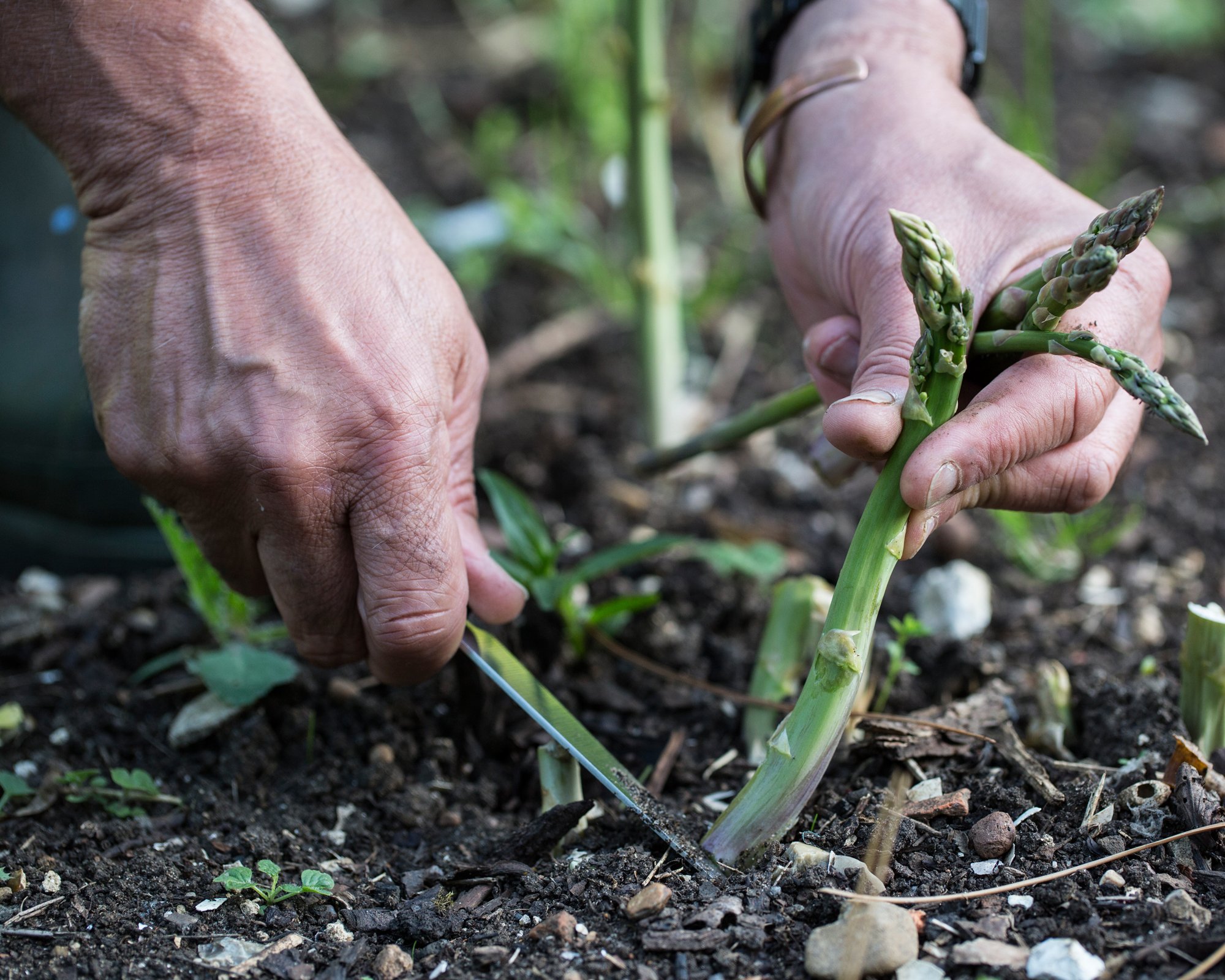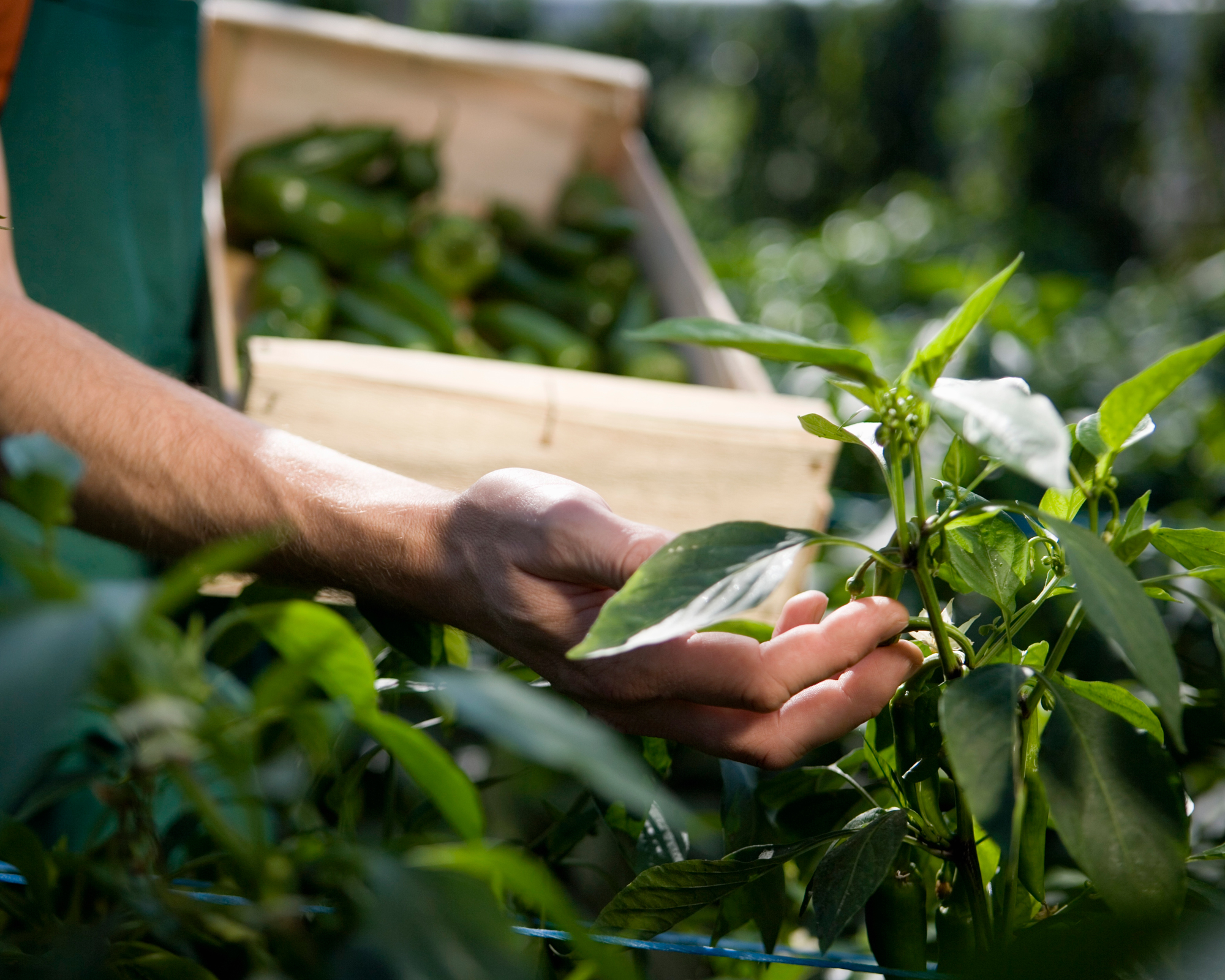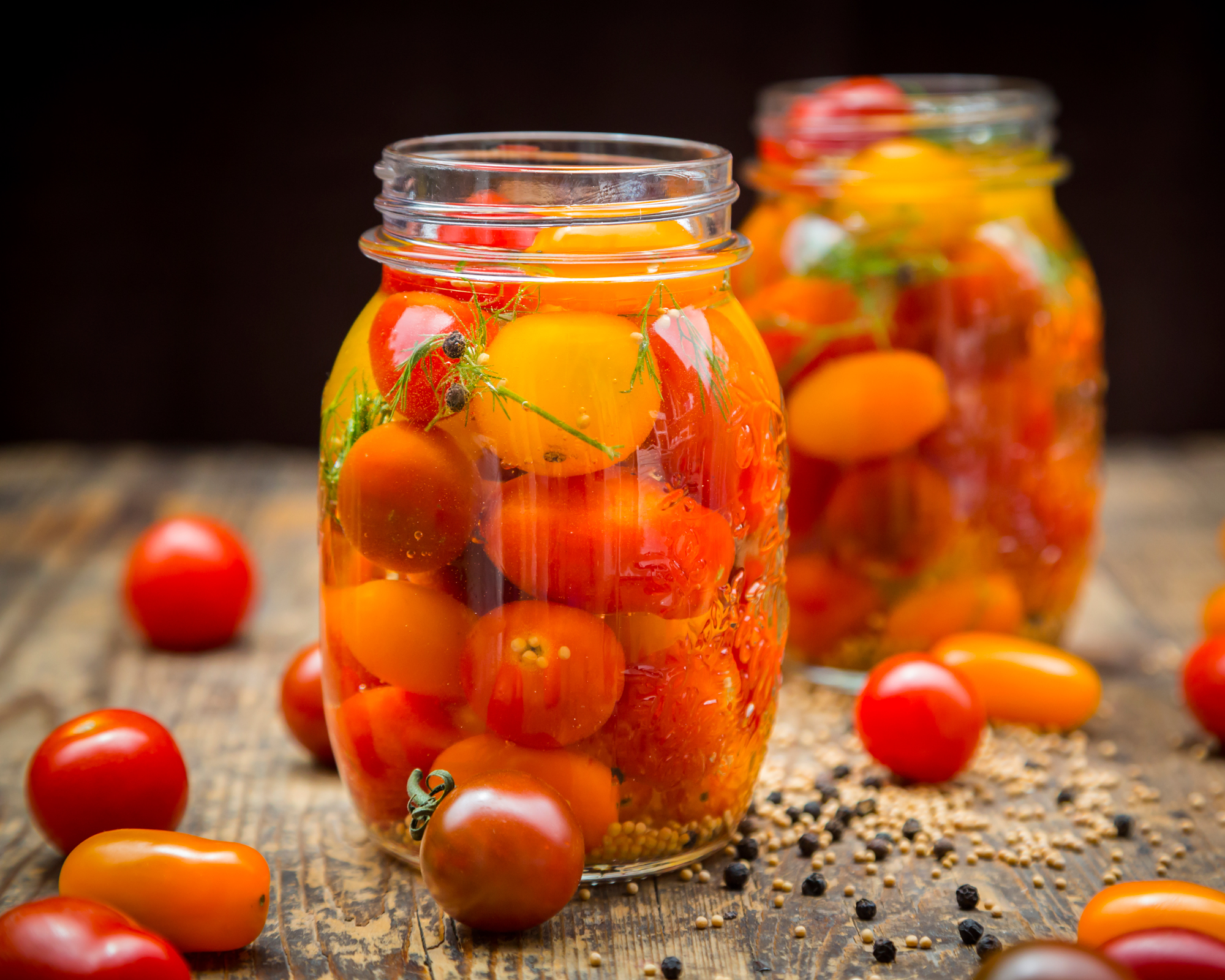Experts reveal the most common vegetable harvesting mistakes
Avoid these vegetable harvesting mistakes to make sure your crop doesn't go to waste

The later we get into summer, the more our gardening questions turn from planting to harvesting. And no one wants to be making vegetable harvesting mistakes. 'Am I doing it right? When should I harvest?' – that's what every vegetable gardener wants to know when it's time to enjoy, literally, the fruits of their labors.
Knowing how and when to harvest vegetables is essential if you are serious about growing your own. We've asked experienced gardeners to name the top mistakes gardeners make during this crucial process so that you can avoid them.
The most common vegetable harvesting mistakes
1. Harvesting too late

This is by far the most common mistake vegetable gardeners make. It's understandable, explains Liza Moiseeva, a gardening and sustainability expert, and the co-founder and CMO of Brightly. 'Unfortunately, when you harvest too late, you'll wind up with more food waste than you know what to do with,' she says. 'Harvesting too late is especially common for new gardeners. It can be hard to tell how long to wait to pick your goodies. While every veggie is different, the best thing you can do is keep a close eye on what you're growing because it can change by the day. Once a veggie looks ready to be harvested, it probably is – but a quick Google search can always come in handy when you're unsure.'
Adriana Copaceanu, a gardener and blogger with over 30 years of experience, agrees that 'leaving a ripe vegetable on the stalk will slow down production. Of course, your unharvested veggies will lose some of its properties, and could even start to decay. Make sure you check your garden daily during harvest time.'
2. Harvesting too early
Luay Ghafari, garden advisor and Founder of Urban Farm and Kitchen Gardener, says, 'Many gardeners will prematurely harvest certain crops. Although this might be fine for crops that can be consumed when small (like zucchini or green beans), this can be a major issue for crops that need to fully ripen like watermelons and cantaloupes.' As a rule, slow-ripening gourds do need to be fully ripe before harvesting.
There's plenty of tips on how to grow watermelon in our guide.
3. Not being gentle enough while you're harvesting

This is a common mistake made by gardeners who either rush the process or don't have the correct tools to harvest their crops gently from their raised garden bed ideas, without damaging the fruit or the existing plant. Luay says, 'Different crops require different harvesting techniques. For example, basil needs to be harvested by pinching stems above a node, rather than one leaf at a time. Harvesting large fruits like beefsteak tomatoes or bell peppers should be done with pruners or kitchen scissors to avoid damaging the plants.'
Adriana adds, 'while some vegetables are easy to pick with your bare hands (think cherry tomatoes), others will need a knife or a pair of good garden scissors to cut the fruit off the stem (think large tomatoes, eggplants, broccoli, and others).'
4. Harvesting at an incorrect time of day, or during wet weather
Claire Foster, a gardener who runs a Youtube channel called The Ormewoods, explains that harvesting your crops without paying attention to the weather can have detrimental effects: 'Vegetables such as potatoes and onions need sunlight and dryness to cure. Any excess moisture will cause rot and ruin your harvest. We have lost many crops due to timing issues with rain and moisture in the air.'
It's important to be vigilant even as part of small vegetable garden ideas. Claire says you'll need to act quickly: 'if you have vegetables that you know are ready or near ready to be harvested, watch the weather! If there is rain in the forecast it is best to go ahead and pull the vegetables, as staying in waterlogged soil can ruin a perfectly healthy crop.'
As a rule of thumb, 'rain is your enemy when harvesting and curing mature crops, so make sure you know the forecast and have a plan for different weather scenarios,' she says.
Luay adds that you should avoid harvesting at midday, especially if you're growing salad leaves: 'Harvesting tender greens like lettuce, mustard greens or chard should be done in the morning or evening. Harvesting in the heat of the day will yield limp vegetables.'
5. Not making a plan for what to do with the harvest

Okay, so you've done the hard work of pulling or cutting your veggies. You really need a plan for what happens next. Claire says, 'know what you are going to do with your harvest. Make sure you have ample canning supplies and accompanying ingredients, before it is time to harvest. We would also recommend that you have recipes involving your vegetables planned out. The worst thing that can happen is a supply shortage or lack of planning, which leaves you with healthy produce rotting, before it is used.'
Armed with these tips, you're guaranteed to make the most of the harvest from your kitchen garden ideas this year.
Anna writes about interior design and gardening. Her work has appeared in Homes & Gardens, Livingetc, and many other publications. She is an experienced outdoor and indoor gardener and has a passion for growing roses and Japanese maples in her outside space.
